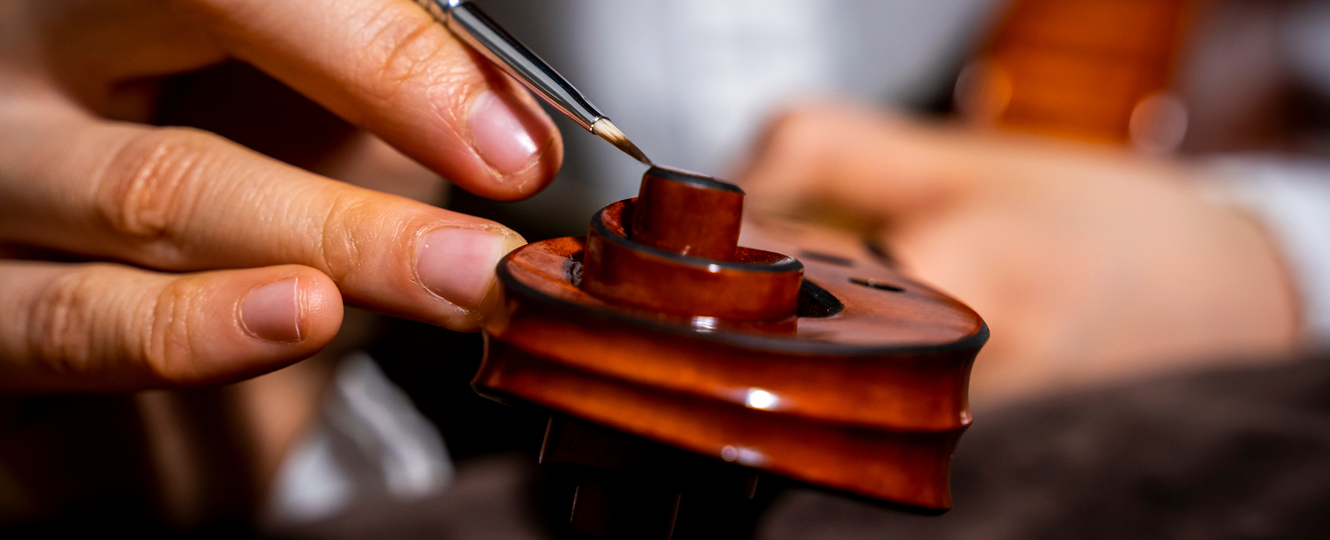
How long should a telephone survey be?
How long should a telephone survey be?
First of all: the duration of an interview will affect the result of a whole study, keep this in mind!
Having all the ideal technologies to make a CATI survey is not enough: you need to know how much time is right for a telephone interview. And mostly setting it.
Here in IFF International we face every day with this problem and solving it is one of our specialties. When you find yourself having to do with such as 300 B2B telephone interviews in two days, you know you need to push the timeline or you’re lost.
How long should a telephone survey be?
In the field of market research, obtaining useful information in a short time it means winning and saving. This applies both to the customers (in economic terms) and to the respondent (in terms of time)If a CATI interview typical provider needs two weeks to prepare and carry out the work, I will push to get everything ready in a week. So in half of the time. First it is absolutely necessary to smooth out potential mistakes if we want to succeed.
We will just need to create a simple “to do list” based on a clear and concise list of indications.
1. Index productivity importance
It is an essential preliminary question to better understand strategies on timing.
2. Difference between B2B and B2C projects
To modulate the projects according to the target.
3. Strike Rate and LOI
Two elements of the fieldwork closely interconnected and interdependent.
4. Ideal telephone interview duration
The right way to handle communication between caller and respondent is a matter of time.
5. Modulation tone of voice
How to manage properly the approach with the respondent in order to conduct a successful interview.
6. How to identify obstacles in advance
Difficulties that a caller must overcome during an interview in order to gain and keep the attention of the interviewee.
What is the concept of productivity
Before talking about the duration of telephone interviews, we need to specify what do we mean by the concept of “productivity.”
Like any other aspect related to productivity and measurements in general, in reference to the productivity ratios, we can define two different levels: a quantitative one (that is numbers, an objective and impersonal element) and a qualitative one (which is subject to whoever is conducting the observation). Basically, we sort our projects in B2B and B2C, basing on the target of our study: if we’re referring to companies and businesses, we define it as B2B, instead if we’re dealing with families, that is a private target, then we define it as B2C, and productivity ratios change and have different benchmarks in here, as well.
By productivity we mean the minutes of an hour when the interviewer is actually conducting a telephone interview. Obviously the B2B world (i.e companies) and B2C (i.e families) have very different results in terms of productivity.
With regard to B2B, first, we must bear in mind the basic elements in all of the projects, like the duration of the interview, the penetration of the target and the expected strike rate (how many interviews have been made in one working hour ?) which is still not able to say anything if it is related to the duration of the interview. In other words the strike rate multiplied by the duration of the interview, will give the productivity of a project. For example, in the case of a B2C, if the interview lasts 5 minutes and I have a 2 strike, this value is not good at all: for a duration of 5 I should have at least a strike which goes from 6 to 8. These values are continuously monitored by the supervisors in the phase of fieldwork and the simulation of the questionnaires before detection, helps a lot to imagine how things will go. Let us remember, CATI is an exact science!
In a B2B it is more difficult to reach the target person, but if we have information in the sample such as the name and role in the company, we can overcome more easily the gatekeepers such as secretaries and in general all the blocks that we have out front.
The ideal duration of a telephone interview, generally, cannot be determined in absolute terms but always by taking into account other variables such as the commitment of the respondent to participate in the study (a Harley driver can’t wait to talk about his motorcycle for example). My callers are ready for anything, they know how to handle with great pragmatism “flash studies” from 4 to 5 minutes or complex from 45 to 60 minutes but they know that usually when the waiting time is over 18-20 minutes, the study will be difficult.
One of the telephone market research golden rules says “Keep the peace of the respondent” which means go faster as much as your interviewee, sometimes it could happen that a very active respondent may comment on each question and in this case, of course, the call duration may be subject to “negative” changes (because the increase of the duration of an interview, could decrease the possibility to do another one in that hour), in other cases, we will find instead a more “diligent” respondent that will respond quicker to our questions. For a 40 questions questionnaire, for instance, 10 minutes will not be enough. The basic idea is that you cannot expect from a respondent a dialogue that can be longer than 15 minutes.
The tone of voice, however, falls more on the qualitative aspect about the interview, and it also has its effect: it must be calibrated based on the kind of numbers we’re calling. For instance, if we have a sample client, to avoid complain or negative feedback we try to be as aseptic as possible, trying to respect the privacy and confidentiality of the client. If you play well on the tone, you can turn a potential waste into a successful interview.
Afterwards we need to analyze the briefing material that introduces an important variable: the variation of who is training the caller , the sensitivity of all to focus on one aspect rather than another, will now vary. The one who is responsible for training has a key role in impressing a style: the presence of 4 supervisors in field with 4 different heads guarantees a plurality of visions and professional styles.
An obstacle to get around in B2B projects and in any country are secretaries. For example, in the US there are secretaries educated with a special training on how to escape telephone surveys. Well it is not surprising, since they are the ones who invented market research! You can try in every way, you can introduce yourself as a model student who is working on his thesis… but it’s not possible! The best thing to do is asking to speak directly with the reference department without dwelling too much on the object itself of the study, and if there is an incentive it is good to specify it to the gatekeeper who is in charge.
Instead, the call mode can be of two types:
- Power: it is a simple and intuitive way, with a card and a contact. It remains in line until the respondant does take the call or for a maximum of seconds (30)
- Predictive: the caller has a waiting screen (hiddle) that, in order to be effective, must not exceed 30 seconds.
The call does not take place in the physical computer, but on the server. The ‘server sees’ how many callers are logged; The supervisor sets the ringing time (which determines how long the phone will ring) and the number of lines per caller.
For each caller logged on the project, the server will call a certain number of lines and the first to respond will be transferred to the first caller available in the hiddle screen.
The predictive mode allows you to cancel those dead times generated by the phone ringing.
Here, in brief, how long it has to last a telephone interview.
Continue reading about us, and if you have any doubt or curiosity and desire to get closer to the world of CATI, please do not hesitate to contact me.
Let’s stay in touch!
Lastly, all we need now is choosing the right phone call strategy and beginning the field while keeping one eye on the duration of the interview and sharing this information as frequently as possible with our client.
Keep reading us, and if you have any doubt, any curiosity or if you wish to get closer to the world of CATI, please do not hesitate to contact us.
See you soon!
If you need help, write me e.armato@iff-international.com
Ennio Armato (Branch Manager, Italy)
Other Articles
-
CATI17 March 2025
Why human connection still matters in a digital market research world
In a world increasingly focused on going digital, it’s easy to assume that everything from shopping to socializing should happen online. Market research is no different. Today, onl... -
CATI6 March 2025
Quality control in Market Research: The questions you should be asking (but probably aren’t)
Just as a skilled chef ensures every dish meets their exacting standards, quality control in market research requires attention to detail and expertise. Choosing the right data col... -
CATI14 November 2024
Quality control in Market Research: An insider’s guide with Field Director, Rosaura Strazzeri
Quality is the bedrock of meaningful insights, but what does it actually take to achieve this in market research? FFIND’s Field Director, Rosaura Strazzeri, pulls back the curtain ...


